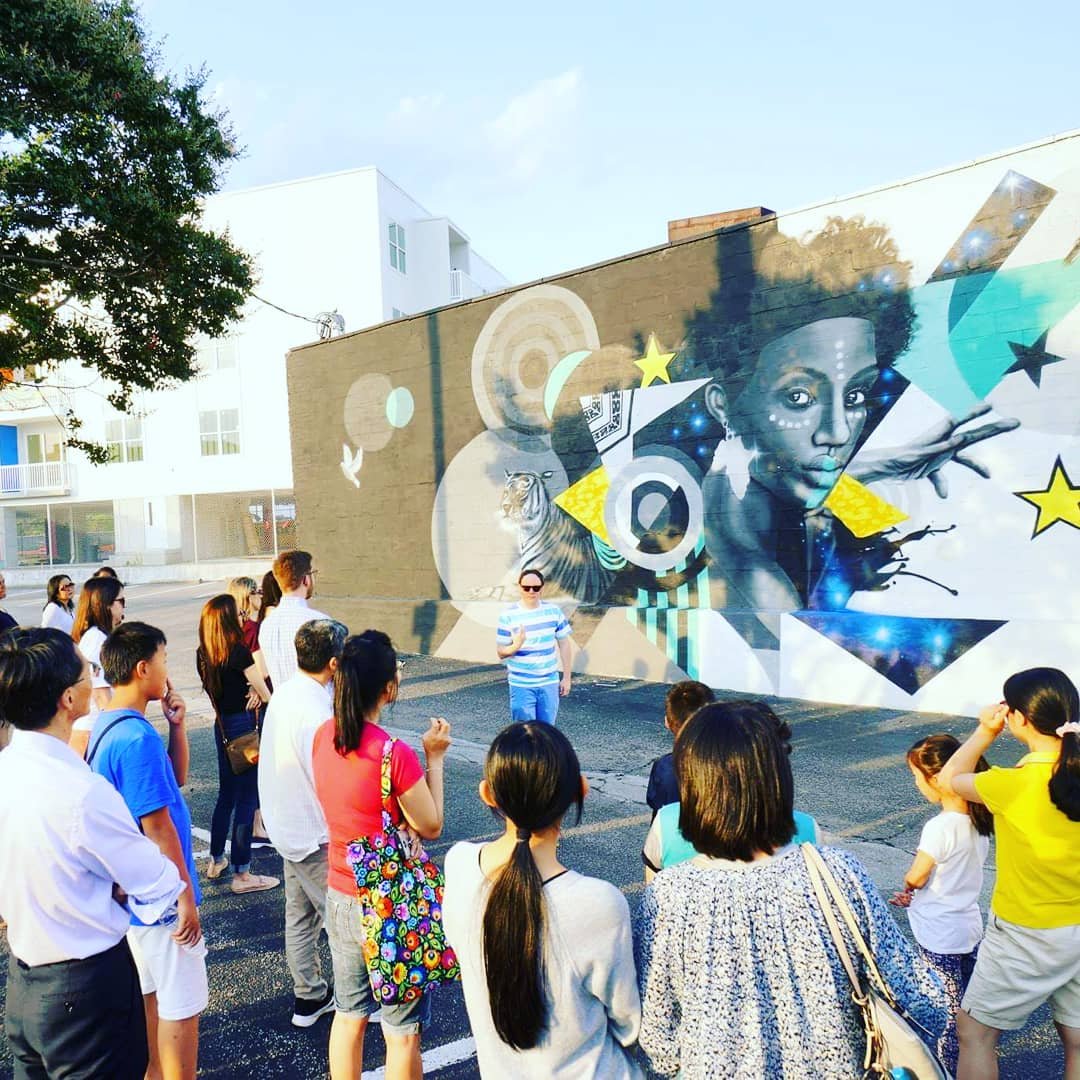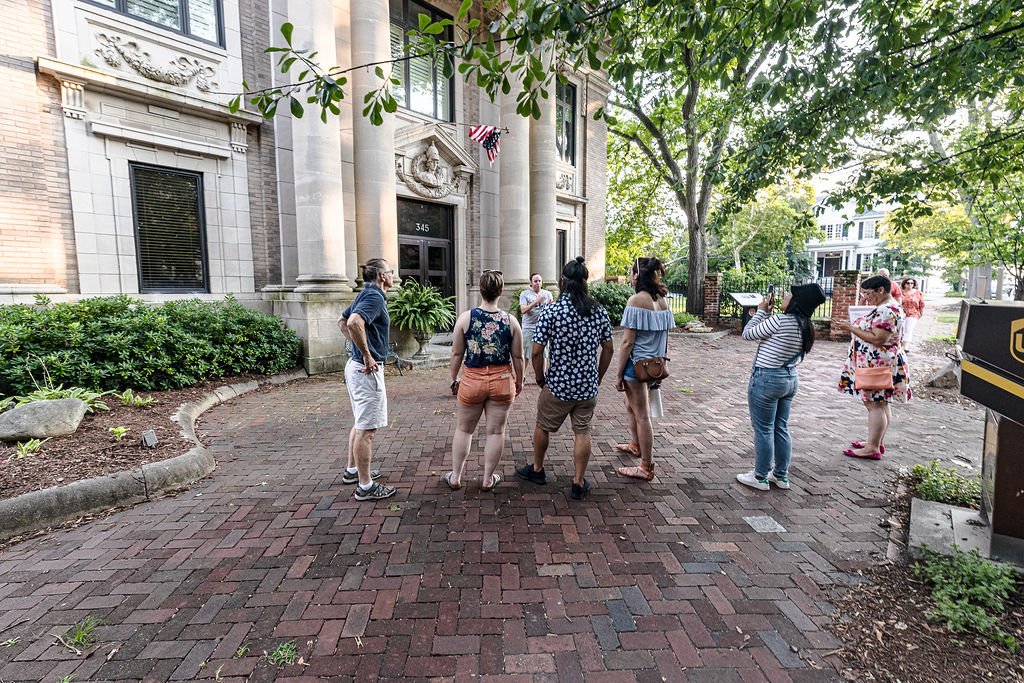
Discover the best of Norfolk and Hampton Roads
From the NEON Tour, to the Historic Freemason Tour, to our Mystery Tour, and more!
Walking is good for the body… and the heart! Take a walk with us through time, history, and art in Hampton Roads.
Walk through art, history, and more!.
Our tours walk you through the streets of Norfolk, along the Elizabeth River, through historic Cedar Hill Cemetery in Suffolk, and even to some great places to eat!
Many of our tours are free and open to the public, thanks to powerful partnerships with Downtown Norfolk Council, Elizabeth River Trail Foundation, the City of Suffolk, and the Real Estate group. Check out our calendar below to see all of our available public tours, or contact us to schedule a private tour!
We offer tours of Downtown Norfolk, the NEON District, Historic Freemason Neighborhood, Ghent neighborhood, historic churches, Elizabeth River Trail, the Historic Cedar Hill Cemetery in Suffolk. We also offer African American history tours, historic house tours, and architecture tours!
Please visit our pages for ghost tours in Norfolk and food tours in Virginia Beach if you're looking for those types of experiences.
NEON DISTRICT TOUR
The NEON District (New Energy of Norfolk) is Norfolk’s first creative arts district. Since 2014, the NEON has become an enclave of more than 120 works of public art, including sculpture, large wall murals, interactive art, festivals, theaters, restaurants, performances, and quirky buildings.
Historic Freemason Tour
Named after a temple that once stood nearby, parts of the Freemason neighborhood were first developed in the late 18th century. The neighborhood boasts cobblestone streets, ornate mansions, charming gardens, quaint shops, and waterfront views.
It was the first neighborhood to be built after the Burning of Norfolk in 1776. The neighborhood's redevelopment was also an important phase in Downtown Norfolk's revitalization in the 1980s and 1990s..




